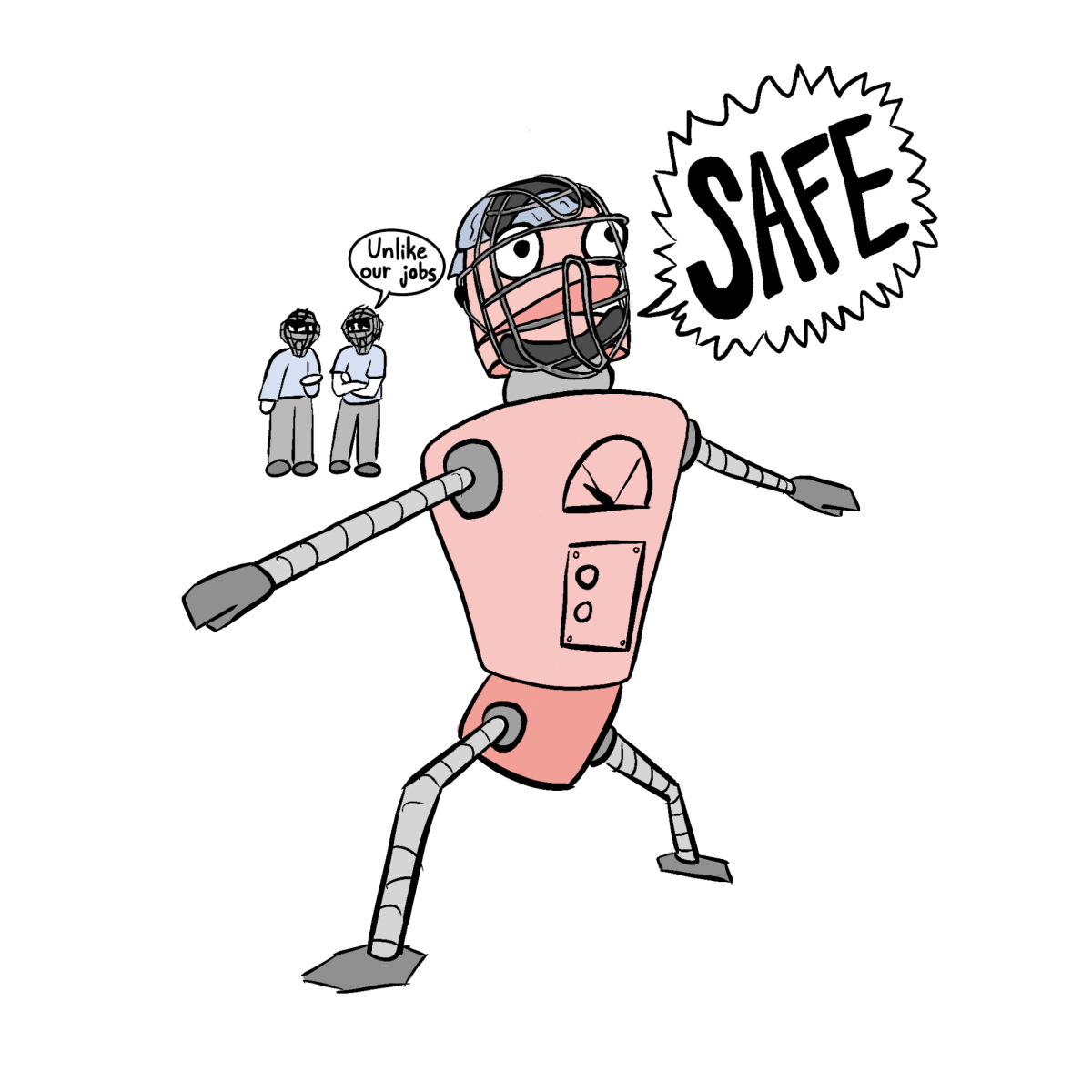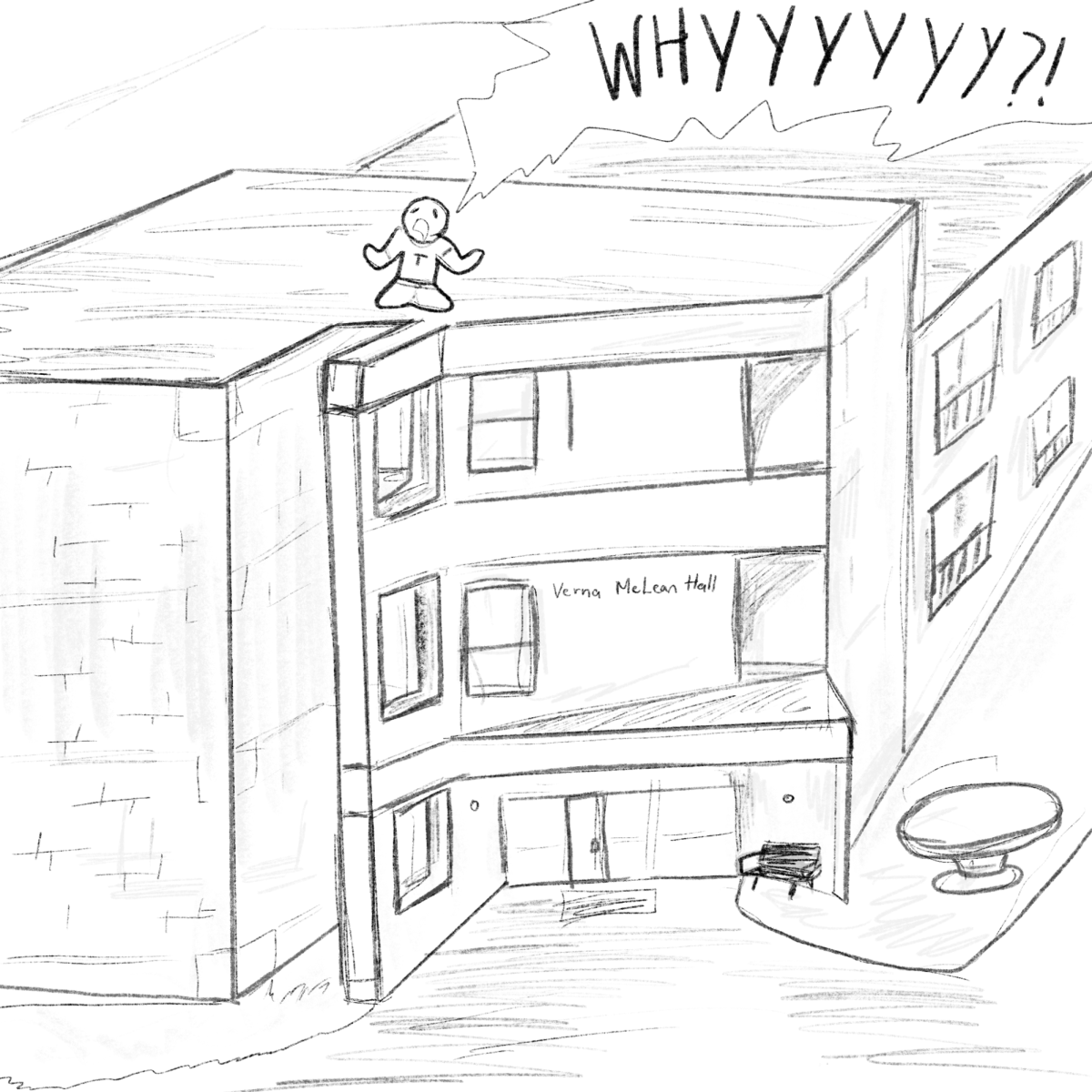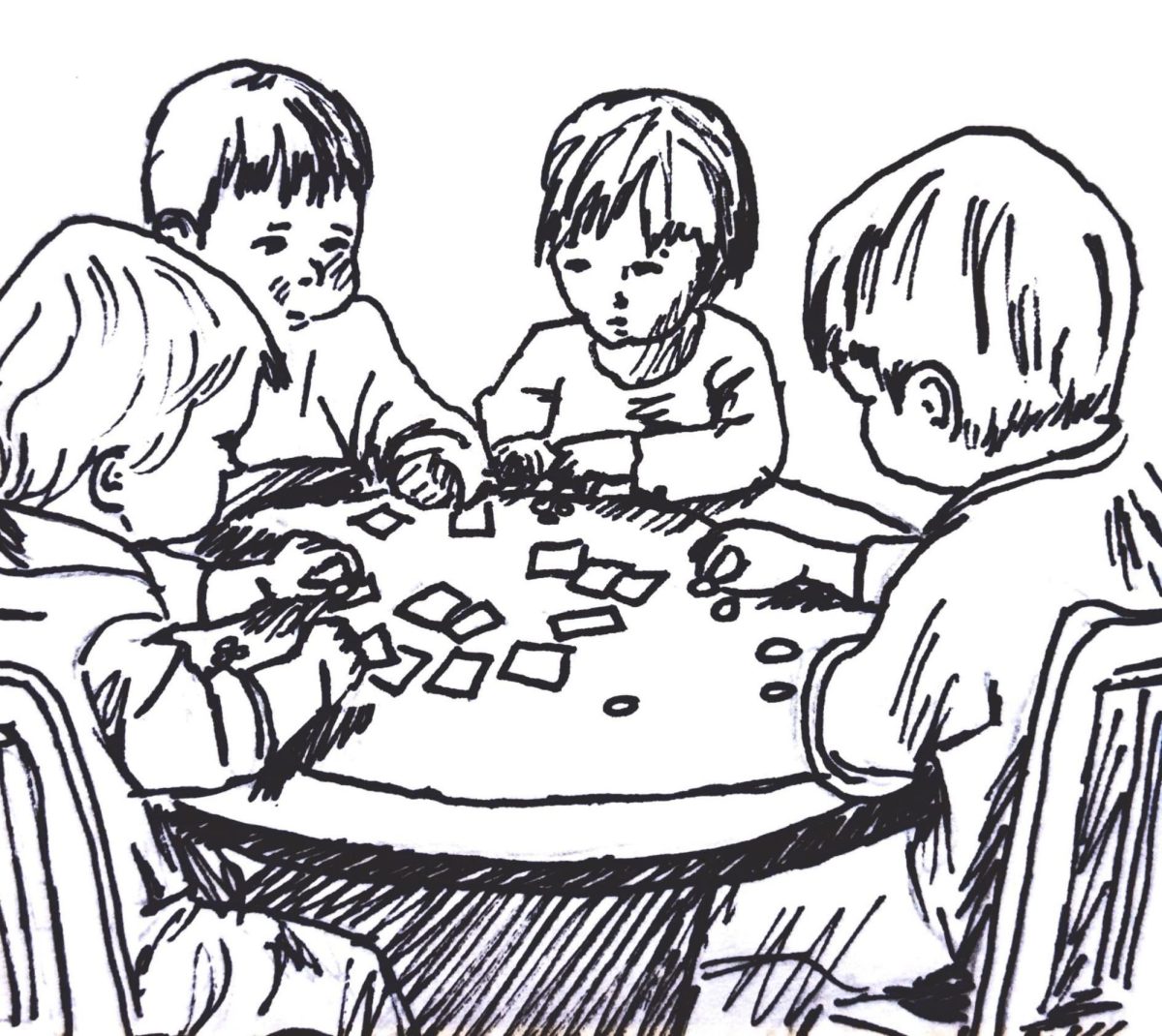A permanent feature of modern life is technological envy. Due to the rate of technical progress and astute marketing, a new phone or computer only feels new for a few months until a newer, faster model comes out. In this way, we have a consistent, periodic reminder to update our notions of what constitutes the bleeding edge of technology.
This is very different from how awareness of personal and cultural change proceeds. These kinds of changes often seem to occur all at once. Consider how rapidly gay marriage and marijuana legalization became prominent in cultural and media narratives, and how rapidly transgender issues are now entering American consciousness.
This suddenness happens because we never get a break from the first-person experience of our lives and no break from our attitudes changing. Even when a personal change of opinion occurs rapidly, that new opinion becomes the norm and it becomes hard to remember what it was like to hold one’s previous beliefs, just as it becomes harder and harder to remember what it was like to be a teenager or a child as one gets older.
The result is that we don’t notice how much our opinions and culture have changed — or stayed the same — until, by happenstance, some external benchmark appears to remind us, such as a critical mass of public opinion resulting in a change of laws.
I’d suggest that this haphazard mode of involuntary introspection is a sub-optimal way for individuals and society to deal with change because it amounts to another form of ignorance of history, a kind of short-term memory loss.
Instead, just as the steady release of new phones and computers gives us a benchmark of technological change, we should develop consistent means of benchmarking personal and cultural change. Some people already do this to an extent by journaling or taking pictures and looking back on those frequently. However, these methods generally limit us to our own self-perceptions.
I discovered a better approach when, while procrastinating, I re-watched clips from Mad Men, a TV show set in the advertising world of Madison Avenue in the 1960s that I binge-watched two years ago. At the time, I aspired to the self-assuredness of the show’s main character, Don Draper: an authoritative, handsome advertising genius.
Now, informed by knowledge of the extent of workplace sexual harassment and broader sexism, it’s clear to me that Don, and most of the characters on Mad Men, aren’t worth aspiring to. I still love the show, but now I enjoy it as a kind of reminder of how depraved that era truly was and how much we’ve improved.
A more recent example is the 2002 Spider-Man, starring Tobey Maguire as Spidey. It’s a great movie, but one line has aged poorly. Spider-Man is in a cage match fighting the wrestler Bonesaw, portrayed by the late Randy Savage. Our hero mocks Bonesaw’s singlet.
“That’s a cute outfit, did your husband give it to you?”
That line would never be included today and, while it doesn’t substantially detract from the overall brilliance of the scene and the movie, it’s a kind of benchmark for what was culturally normal when I was a kid that I would have completely forgotten otherwise.
This method of benchmarking from popular culture landmarks isn’t just limited to assessing change. It can also show how certain constants of American life have changed over decades. Two examples have stood out to me recently.
First, the film adaptation of American Psycho. Released in 2000 and set in 1987, the film’s depiction of a Wall Street investment banker whose disillusionment leads him to embark on psychotic murder sprees. Tinged with homophobia and misogyny, while opening with the pop music of the day, the film still seems relevant as an examination of greed, wealth and masculinity.
Second, George A. Romero’s 1978 classic, Dawn of the Dead. Following four survivors of a zombie apocalypse who hole up in a shopping mall, the film goes far beyond blood and gore to touch on race, religion, gun culture and most predominantly, American consumerism. Forty years later, the film’s treatment of these issues is still relevant and biting, a benchmark for how little some things have changed.
We should develop a habit of deliberately and periodically going back and reassessing various elements of culture that have loomed large in our lives so that we can both see how they compare to current society and how our relations and attitudes toward them have changed.
We define ourselves, subconsciously and consciously, in relation to these external instances of culture. In revisiting them, we better come to know our personal history and the history of our society.






